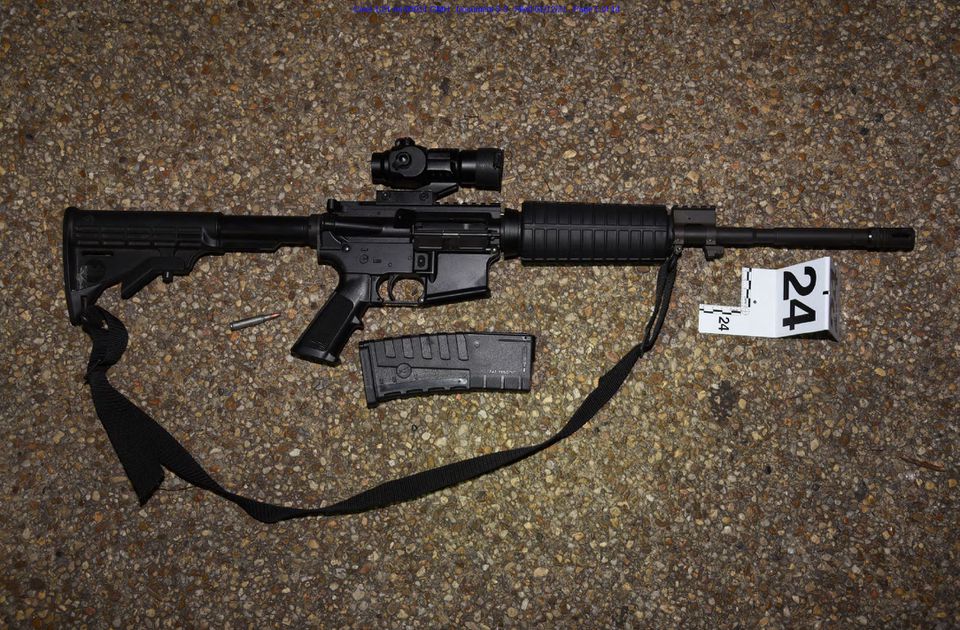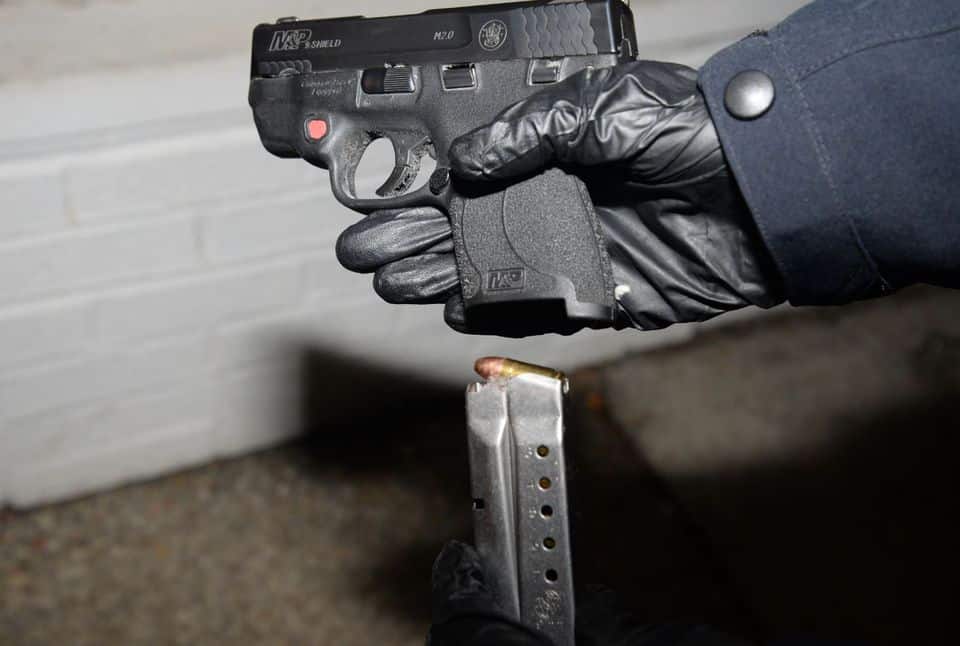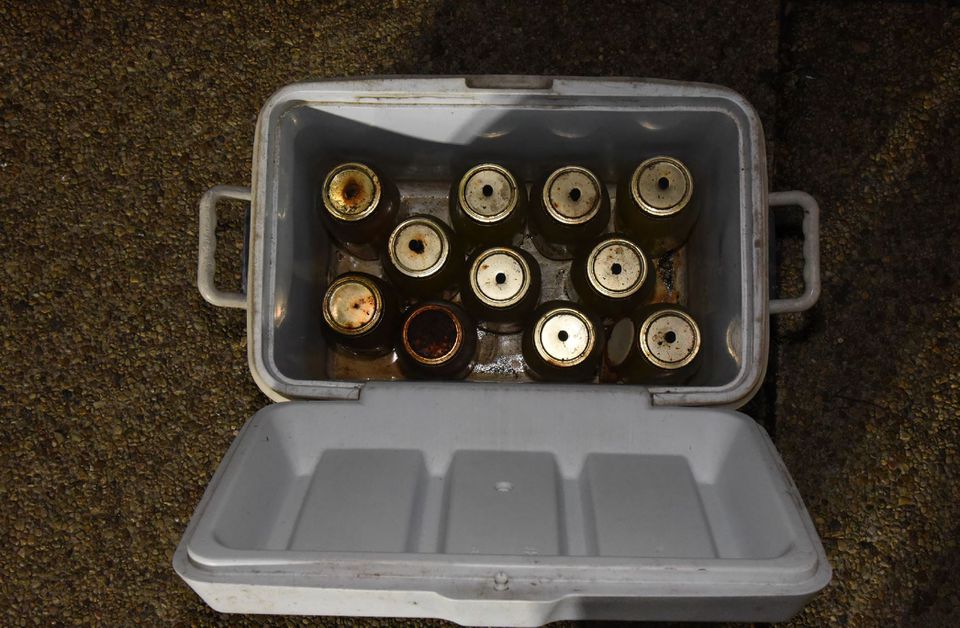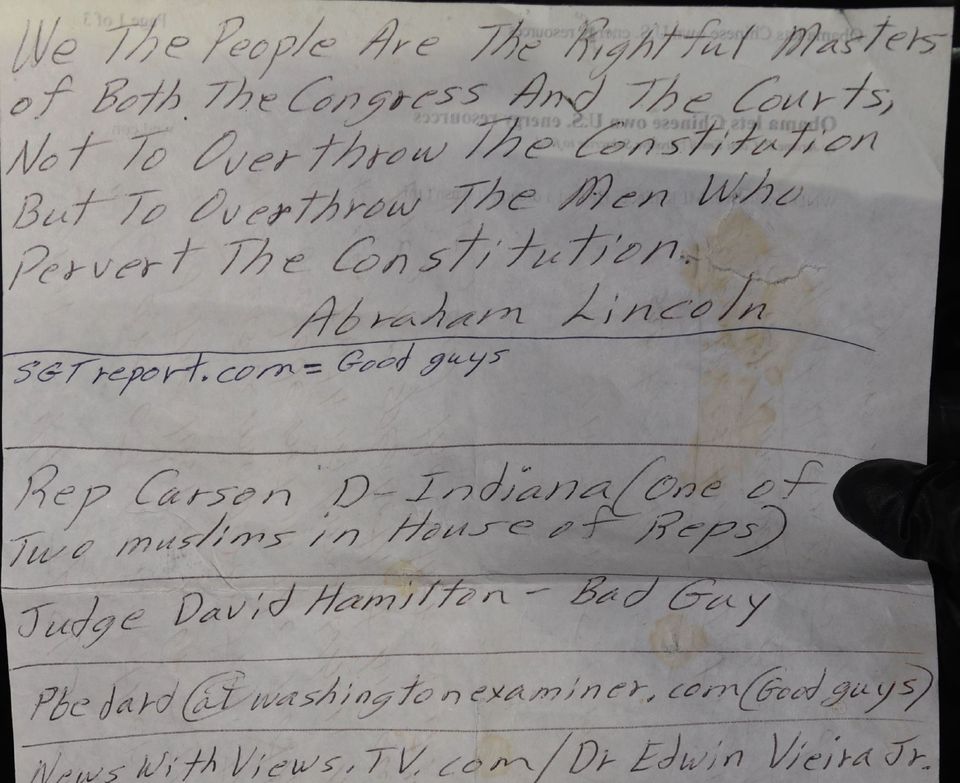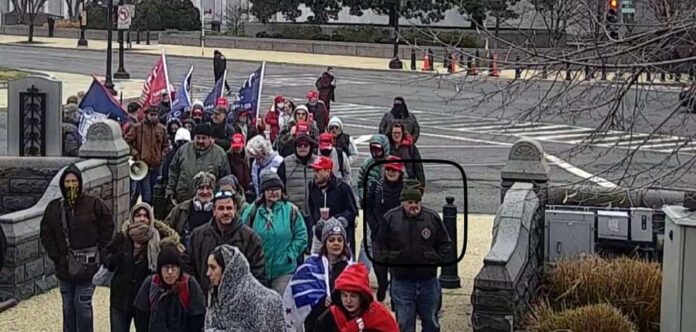
Thirteen minutes before the United States Congress convened at 1 p.m. on Jan. 6 to certify President Joe Biden’s election victory, U.S. Capitol Police responded to an area in the vicinity of the National Republican Club and the Democratic National Committee Headquarters in Washington D.C.
Authorities had discovered explosive devices.
As part of this response, police established a secure perimeter to conduct an investigation, while hundreds of people stormed the Capitol in a bid to overthrow the election for former President Donald J. Trump, falsely believing the election was stolen.
The brazen riot that unfolded in front of millions of Americans on video broadcast on television and social media left five people dead, including a Capitol police officer and a woman who supported Trump who was shot and killed by Capitol police.
One of those people who stormed the Capitol is Lonnie Leroy Coffman, a 70-year-old man from Arkansas.
At around 6:30 p.m., as authorities dispersed the mob from the Capitol, Coffman returned to get his Red GMC Sierra pickup truck, which was behind that perimeter police set up in response to the explosives.
Police made contact with Coffman when he arrived and he said he was trying to get to his red pickup and that his name was “Lonnie.”
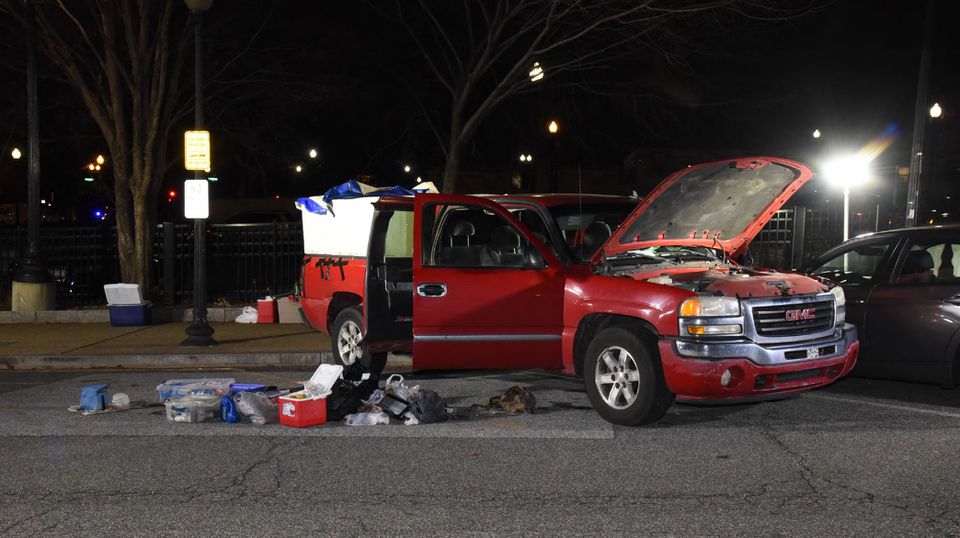
The officers had already identified Coffman as the owner of that pickup, which contained 11 Molotov cocktails with melted Styrofoam and gasoline, which Capitol police say has the effect of napalm, causing flammable liquid to stick to objects upon detonation.
Police had also found a substantial cache of weapons in the vehicle, including a loaded 9mm Hi-Point handgun; a loaded Windham Weaponry rifle; a loaded Hatfield Gun Company SAS shotgun; several large-capacity ammunition feeding devices that were loaded with more than 10 rounds of ammunition; hundreds of rounds of additional ammunition; a crossbow with bolts; several machetes; camouflage smoke devices; and a stun gun, federal court documents show.
Police also say he was armed while he was at the Capitol with a .22 caliber Derringer-style handgun and a 9mm Smith & Wesson.
Authorities then arrested Coffman.
But long before those historic events, Coffman was in Brownsville with a militia that patrolled an area of the city where the urban met the rural in search of people entering the country illegally.
That was in 2014, which in some ways, is a lot like 2021 — at least for border communities.
During each of these years, large numbers of people from Central America have arrived on the United States’ doorstep through the Rio Grande Valley, with thousands crossing illegally and thousands seeking asylum.
And in both years, Republicans and Democrats alike politicized the humanitarian crisis along partisan lines to households across the country through nationally televised interviews and through trips to the border that often included photo ops in front of the Rio Grande or in front of the wall.
Coffman lived in one of those households, and at some point in 2014 he decided to take matters into his own hands. He traveled to Brownsville where he joined “Rusty’s Ranger’s” at “Camp Lone Star” by an area of Brownsville where Southmost becomes less urban and turns into a lush rural area known for agriculture, wildlife refuges and birding, but also for illegal immigration and drug trafficking.
“Camp Lone Star” was situated on a poorly maintained property long-owned by Rusty Monsees, who died last year, that was near the border wall and the river.
Multiple people from all over the country arrived to Monsees’ property and formed this militia to “patrol” the area for people crossing into the country illegally, all as hyper-partisan rhetoric about former President Barack Obama’s immigration policies in response to the large numbers of people arriving here played out across the country.
And these militia members were heavily armed.
On Aug. 29, 2014, an incident happened that would be the demise of “Rusty’s Rangers.”
John Frederick Foerster, a member of the militia and Brownsville resident, was patrolling in the brush near the river when he pointed a firearm at a Border Patrol agent who in turn fired several shots at Foerster.
The investigation resulted in authorities learning that Foerster was a felon in possession of a firearm and he was arrested and charged.
A man named Kevin Lyndel Massey, the leader of this militia, was also in the area that day and an armed felon. A search of his hotel room revealed thousands of rounds of ammunition.
Both Foerster and Massey were convicted and sentenced to prison.
As for Massey, he garnered a following in militia circles and on social media, with his followers saying he was convicted by an “unconstitutional court.”
After he finished his sentence, he was placed on supervised release, but he absconded.
After he absconded, officials had described him as dangerous, saying he was anti-government and wanted to wage war.
No one was sure where he was until late 2019, when he was found dead with an apparent self-inflicted gunshot wound in Van Zandt County, the Dallas Morning News reported.
It’s not entirely clear how long Coffman was at Camp Lone Star, but he had established connections to Massey, “Rusty’s Rangers” and to at least two other militia groups — one reason why a federal judge ruled on Monday that he should remain detained pending his trial on multiple weapons counts.
In the order, the judge notes that Capitol police found notes in his wallet that included contact information for a known militia member.
“Also within Mr. Coffman’s wallet was a miscellaneous piece of paper with the contact information for an individual identified by law enforcement as a member of a militia group from Southeast Texas, known as the ‘American Patriots.’ The same paper from Mr. Coffman’s wallet also featured an address from Brownsville, Texas,” the judge wrote.
The address is for Monsees’ property, where the militia members formed “Rusty’s Ranger’s” at “Camp Lone Star.”
“In 2014, the Federal Bureau of Investigations (“FBI”) had previously identified Mr. Coffman as a participant at Camp Lonestar, where he was armed with a ‘crack barrel 12 gauge shotgun and a 9mm pistol,’” the ruling states.
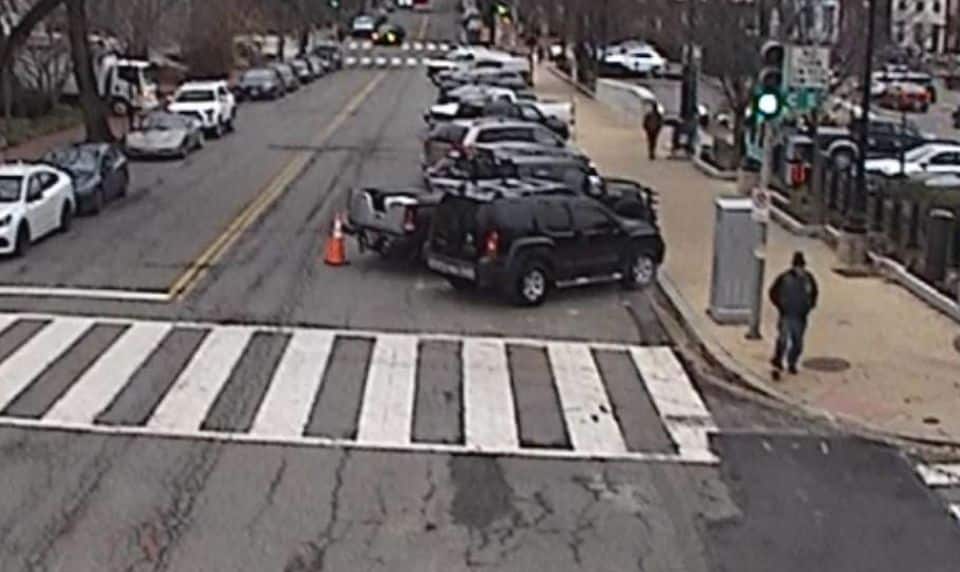
A Jan. 26 search of Coffman’s home revealed more guns and ammunition and documents related to another militia group, this one called the “Southwest Desert Militia.”
In the ruling, the judge notes how Coffman also had notes that were threatening toward a federal judge and to lawmakers and said there is evidence of Coffman planning for Jan. 6, not to mention the lethality of firearms and the napalm-like Molotov cocktails.
The judge also said that Coffman’s alleged crimes didn’t occur in a vacuum, rather they happened on the day hundreds of people violently stormed the Capitol in an effort to overturn the election.
“Lastly, it is noteworthy that on January 6, 2021, Mr. Coffman was also carrying contact information for an individual identified by law enforcement as a militia group member from Southeast Texas. This evidence is further contextualized by Mr. Coffman’s prior association with militia groups from Texas, and the recovery of militia-related documents from his residence,” the order stated.
Those factors raise questions about Coffman’s community ties and “his willingness to engage in armed paramilitary activity,” the ruling said.
The judge’s ruling also said there are no conditions in which the man’s release would reasonably assure the safety of the community.
He has pleaded not guilty.

